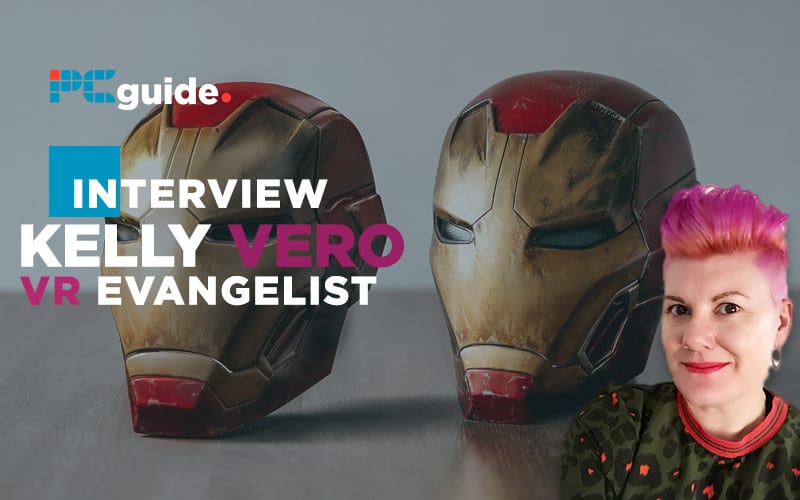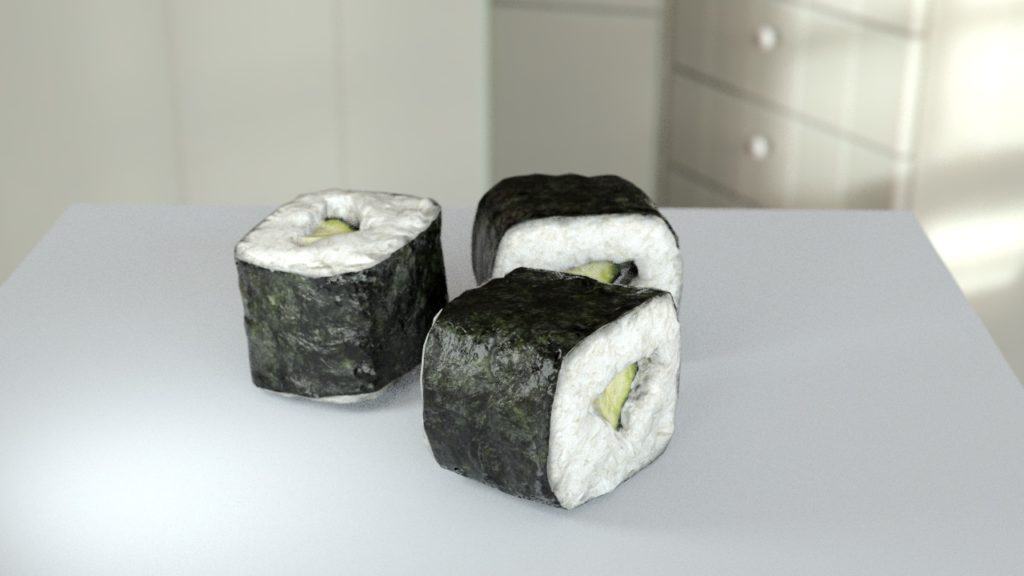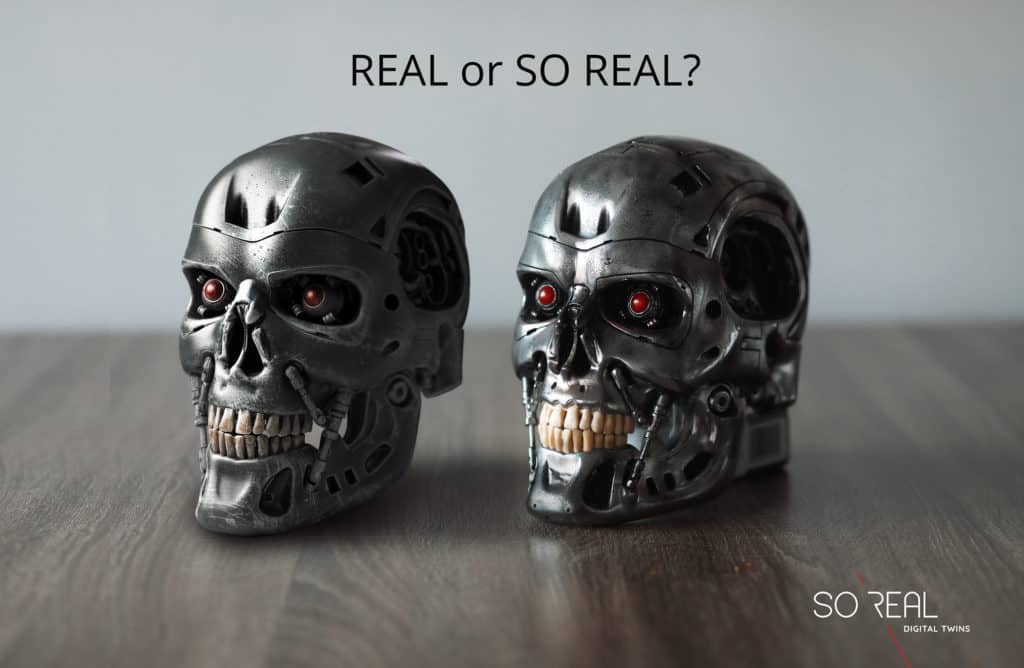Kelly Vero – A real Virtual Reality evangelist
PC Guide sat down (virtually of course) with industry veteran Kelly Vero to find out the true future of virtual reality
- Last Updated Oct 14, 2020

Virtual Reality is huge. We perhaps just don’t know it yet. Sure we have seen people thrashing around playing Beat Saber and Gorn and thought, ‘yeah that looks cool’ before heading back to play Call of Duty or Fortnite and not giving it a second thought.
We have heard the horror stories of installing sensors into the corners of our rooms or accidentally punching holes in our monitors and, in the main, done all of this while most of us think that VR is just another fad that will go away.
Where are Snapchat spectacles these days? In a drawer somewhere? What about that Balance Board you bought for the Wii? Under the bed or on top of a wardrobe? Even worse, that Atari Flashback console that looked a good deal in Wal-Mart? Sold on eBay for $13 last October?
We are surrounded by tech we believed was the next big thing. As humans, it is in our DNA to fall for the marketing blurb. Somewhere deep down we know it’s nonsense but, much like in the X-Files, we want to believe. We really do.
And then our hopes are shattered. Here’s a big thing, I want VR to be different. I want to meet people who share that philosophy with me. People who see that this is beyond a game of Beat Saber or some tech demo peddled by Facebook disguised as a game.
When people like this get together you can see the possibilities are endless. Call it VR evangelism if you like but you have to see virtual reality outside of what it is currently doing to believe it will one day change the world.
 Meet Kelly Vero. She’s one of me, except instead of writing about she’s actually going out there and doing it with a company you haven’t heard of yet, but one that will be fundamental to the progression of this infant technology over the next decade and beyond.
Meet Kelly Vero. She’s one of me, except instead of writing about she’s actually going out there and doing it with a company you haven’t heard of yet, but one that will be fundamental to the progression of this infant technology over the next decade and beyond.
Kelly is a Brit, displaced to Switzerland, a country relatively unscathed so far by the COVID-19 pandemic. She’s been in the games industry for years and now finds herself as Head of Game Development at So Real – a Swiss startup that is looking to change the VR industry, and possibly a lot of other industries forever.
After forging a career working on the design of iconic gaming landmarks such as Tomb Raider and Halo she also serves the European Commission (Creative Media) as a subject matter expert on video games. She knows her stuff.
So how did a girl from the UK games industry, having grown up in Nottingham end up as Head of Games Development at one of the most exciting new companies specializing in one of the most exciting new fields of entertainment?
There must be a story behind that, and thankfully, for the sake of this feature, there is.
Lockdown sit-down
I met Kelly on Skype. Lockdowns and restrictions meant there were no forthcoming opportunities to put some time aside at any forthcoming industry events so from the corners of pokey backrooms in our respective homes we delved into how So Real came about and how Kelly ended up championing VR for them.
“I’ve been in Switzerland now for three years, but when you work in the games industry for so long you just move around the world. It’s like being in the army but you don’t get a gun and you get paid better!”, Kelly told us.
“We don’t really have much of a games industry in Switzerland. I’m here really because of my husband. Then the guys behind So Real contacted me out of the blue last year and said they needed somebody who knows their way around the games industry because they need a person to run their processes for the stuff they want to make.”
“I delved into it a bit more and thought, ‘hang on, you guys are trying to change the way stuff is made.’ In the past it has been you get an artist who concepts something up, then it goes to the modeler who meshes and models and sculpts it up – don’t need to do that anymore!”
“I just take something along to our CT scanner, put it through, and out of the other end pops a digital version. At the moment we can scan something about the size of a 4-tonne truck but we can also do small objects which take a lot less time”
“It maybe takes about three hours from beginning to end for a small object, but if you think how long that would take to create the traditional way, including textures this process is a game-changer.”
Right, hold on here. Now seems like a good time to investigate a little further about So Real and what they are actually doing in their underground lair in Switzerland. It sounds like a Bond movie and somewhere along the way they are building a laser to point at the Earth from the moon.
So how did So Real come about?
So Real was founded by Ian Ravenshaw Bland and Charles Flükiger with a mission of creating a company capable of mass-producing cinematic quality game-ready 3D objects, perfect for slotting directly into virtual reality environments, thus saving developers time and money and also upping the realism factor in games and VR experiences.
They call what they do creating ‘Digital Twins’ and their website is full of the values of the Bushido (To commit and deliver and to walk the talk). You can tell just by looking around it is a cool place to work.
“I think we all saw a gap in our respective markets when we started talking. They have quite a background in field technology generally and saw a gap there and for me, they saw a gap in the games industry combined with the VR and AR sectors. We really wanted to find a way to do things faster because we see that as the problem – we can’t get artists to produce things quickly enough so we worked on a pipeline using the CT technology at the facilities we have to make everything from toothpicks to trucks.”
“In fact, by 2023 we should be able to scan in something the size of an Airbus. It’s easy enough to do but it’s just the size of it. We have two underground facilities – one in Hamburg and one just outside Dusseldorf. They have to be underground because of the power of the CT scanner means they have to be away from everything!”
It is all very well having the technology to do this kind of thing though, however, the demand has to be there and as we touched on at the start if virtual reality goes the way of so many things before it, all So Real are going to be left with are a couple of giant underground hideouts.
A future where VR is education and the developers are the teachers?
So, How important does Kelly think VR tech in games and general use is going to be going forward?
“For kids in the future, this is one of the most important things that we have touched upon in terms of technological development. Simply put, it’s giving them an opportunity to do something that we couldn’t do.”
“It’s not that long since we were making calls from our landlines, to then having one of those massive Motorola brick phones. Back in the day if you had run out of change in your pocket and needed to make a call you were kinda screwed, or you missed your bus or whatever. Technology allows us now to not even think about it.
“In the future kids are not even going to be able to think about the differences between reality and virtual reality because it is going to be as simple as talking to you wherever you are through AR and VR.”
“Perhaps, more importantly, they will be interacting with things in games in a way that we currently can’t. I’ve worked on some pretty big games in my lifetime where I’ve wanted to escape because it’s a safe place or a better world. There is more opportunity in virtual reality.”
And in schools? Where we currently have a very obvious issue keeping children interested. using antiquated teaching methods that bear no resemblance to the way they live their lives electronically?
“Kids are going to learn much more in education by being able to touch, feel, experience, and do. We as developers are going to be able to measure that so in effect, we will be the teachers. The more we create, the more we can measure. The more that we give parents and kids to do, the more they are going to be able to interact with real life.”
“We think that it’s such a barrier to real life when actually it isn’t. I thought the same when I first started at So Real. How do we convince people that what they are buying in VR is an apple?. You will think this is ridiculous but at the moment we are scanning in 100 different types of pomegranate so that we can use machine learning to pick the type of pomegranate you want. We are doing the same thing with sushi.”
“If you can give that to young people we can say there is no disconnect between the real and the virtual, then we have won.”
If you have used a virtual reality headset and are interested enough in the technology to have read around the subject you may have seen people say they have experienced moments of true immersion during a game or experience. The easiest way to put this in layman’s terms is that for a moment in time, often a fleeting one, you lose the sense that you have a VR headset on and your brain is tricked to thinking you are actually where you are seeing in front of you, or experiencing what is happening.
This can often be when your mind is actively processing other things at the same time, such as an intense space battle in Elite Dangerous or moving to dodge a punch in Creed.
It doesn’t always have to be during these moments, however. I used my Rift a few months back to play around with Google Earth and Street View. Once in VR, I headed to a small town in Ireland where I used to go on vacation each year with my parents. Using Street View I ‘walked’ up the street past the hotel we used to stay in. I turned around behind me and the large funfair and miniature golf course I remember from my childhood was there. My mind was temporarily flooded with memories and that provided me with a sense of immersion I haven’t experienced in games as yet.
The So Real Deal

I asked Kelly how she thought So Real’s technology helps true immersion when it comes to VR, interested to hear her thoughts. The answer still surprises me listening back to the recording of our conversation.
“Because it’s real,” she states matter-of-factly.
She means that without a hint of marketing. What they are creating is, in effect, Digital Twins. The digital objects that come out of that scary underground scanner are, to all intents and purposes, real.
“We don’t need to do any all-singing, all-dancing fancy stuff. The expectation is that as we get further through AR and VR – especially in extended reality that the ‘Uncanny Valley’ thing will go.
“The problem at the moment is if you play Half-Life: Alyx, you know that you are in a game. You kind of know that when you pick up your grenade it’s not real. I’m being a bit of a dick at work at the moment because I’m telling them I want to put grenades through, I want to put M16s through, and make these objects real.”
I point out that in the underground bunker it is almost expected that that kind of thing is going on.
“I want to look at ways where we can put real things in real environments. Like you, I think Google Earth is great, but what it lacks is that connection and objects in the environment can add to that connection. If you were walking through your town in Ireland and you came across a bottle of red lemonade that they have in the shops there, and you picked up that bottle and said ‘we used to drink that on the beach when we were on vacation,’ that would connect you more to the environment and that is what we are trying to do.”
“One of the things we really sold the business on originally was the masks from Iron Man and Terminator Genisys. We got them from the Hollywood prop store from the actual film so they have stuntman marks all over them and we left them in. When we got feedback they were like “those scratches are really real” and they were excited they were getting the real masks that had been used.”
“We were like ‘put them on, see what they are like inside’. Now people can do that.”
“In this Coronavirus time, we have discovered people need things to do while they are lovked inside. We are working with some museums to look at getting their artifacts online so people will be able to look at them as if they were there.”
“People still think we all live in this museum world where everything is behind glass and not touchable and it’s not tactile, and actually it really is.”
I asked Kelly if she was angered when she sees clickbait-style headlines proclaiming the death of VR.
“It is annoying, but also it’s interesting in a way because the VR world is generally quite contained. You don’t have cowboy developers as you have in the games industry turning out a mobile game around in six months that’s a pile of sh*t, make a load of money and then get out and go back to being plumbers. I think in VR at the moment we are in a really interesting place.”
“I can tell you from conversations I have had with Sony Research and Development that they aren’t massively interested in VR right now or developing for VR because they have other issues. Oculus is though, They are trying to standardize VR and that is probably the key to making VR for the masses. We have to bring the cost of the hardware down and Oculus is really helping us to do that.”
“I think it’s really exciting and I also think that we will end up in a space where we aren’t tethered to a PC. I was talking to the Square Enix guys and they want to do a Final Fantasy remake in VR, they are actively researching it. Imagine what Midgard will be like in Virtual Reality. I’m never going to come out!”
Missing Link

So what’s the missing link then? What will get the masses truly interested? Is it just another Half-Life game, or potentially more depressingly, Call of Duty VR? Will it take that to get everybody to take notice?
“We need to get reality into VR. We need that uncanny valley to be gone. Stop cartooning! Don’t make it like we are playing through an action film. Give us things we can connect within the environment.”
“You can immerse yourself in a book but we haven’t found a way to immerse ourselves in VR – until now with So Real, and I know I’m making quite a boastful claim there!”
So Real is going to be hugely influential over the next decade of VR development, that much is obvious. That a lot of what they achieve might well be in the background, going unheard of, is testament to the people they have on board.
I mean, who wouldn’t want to work in an underground bunker for a living?
